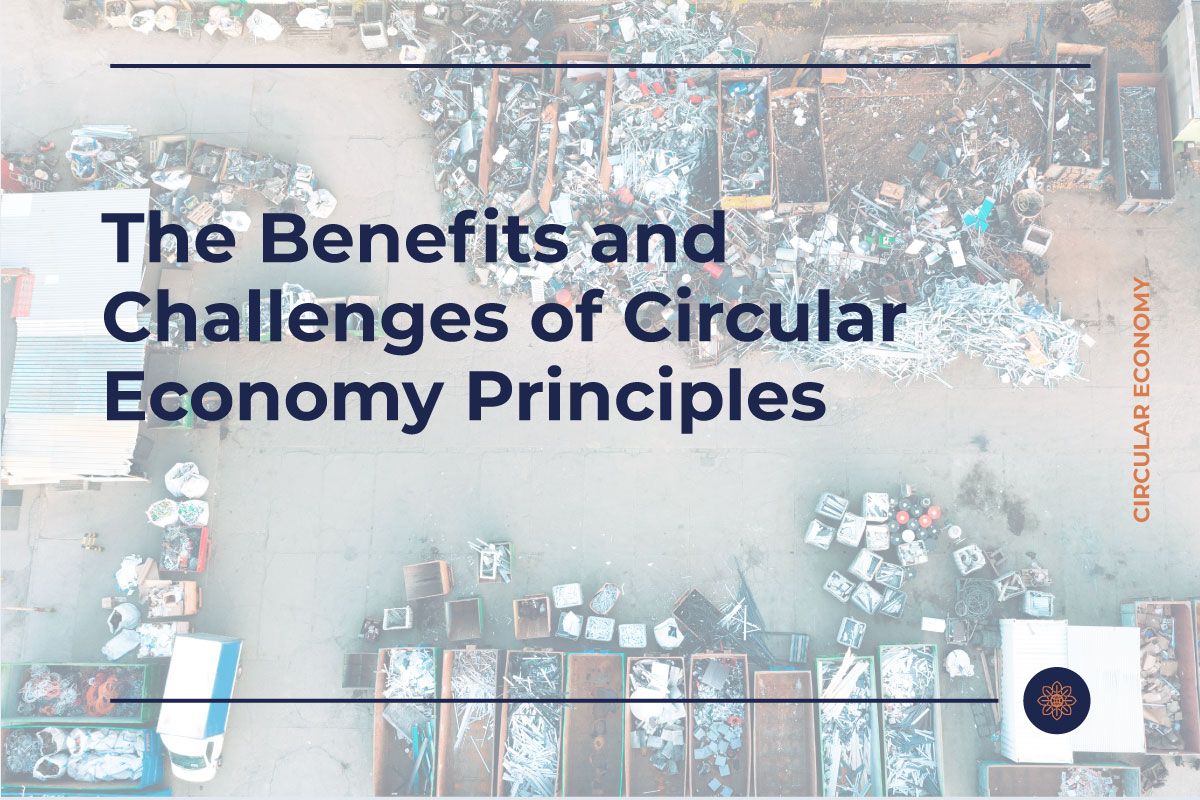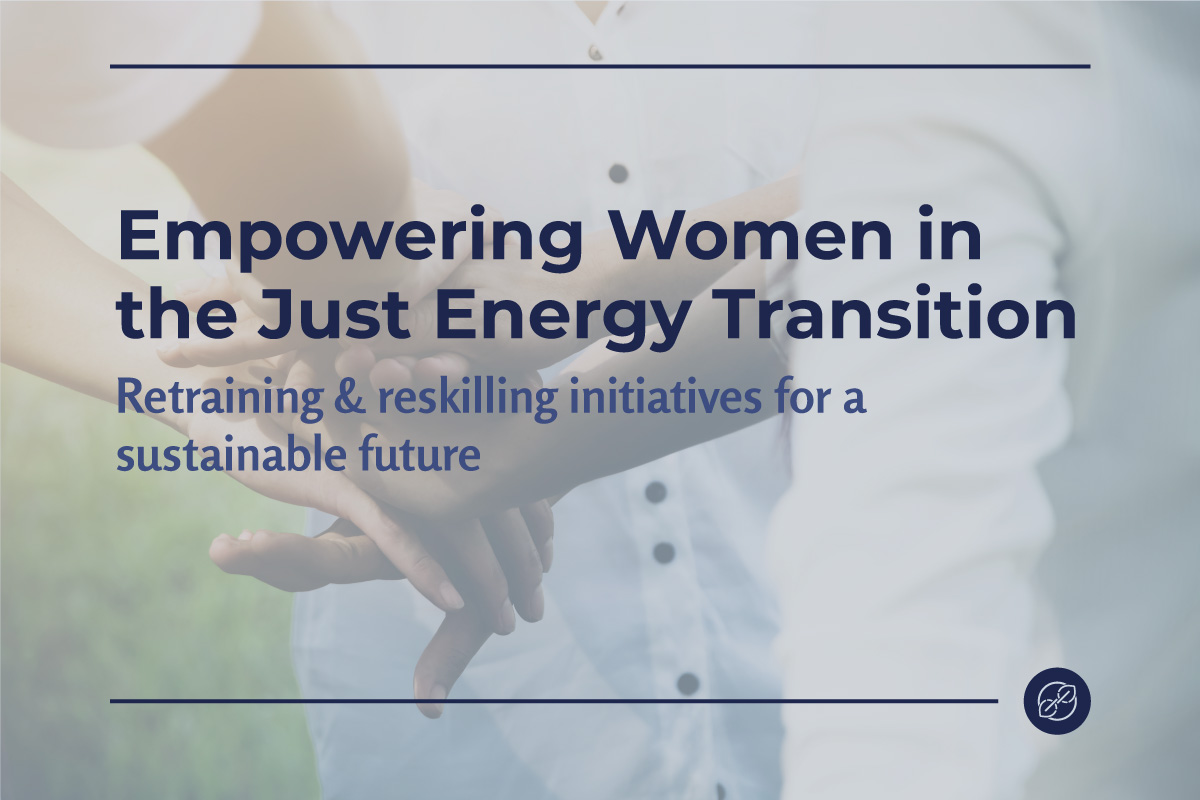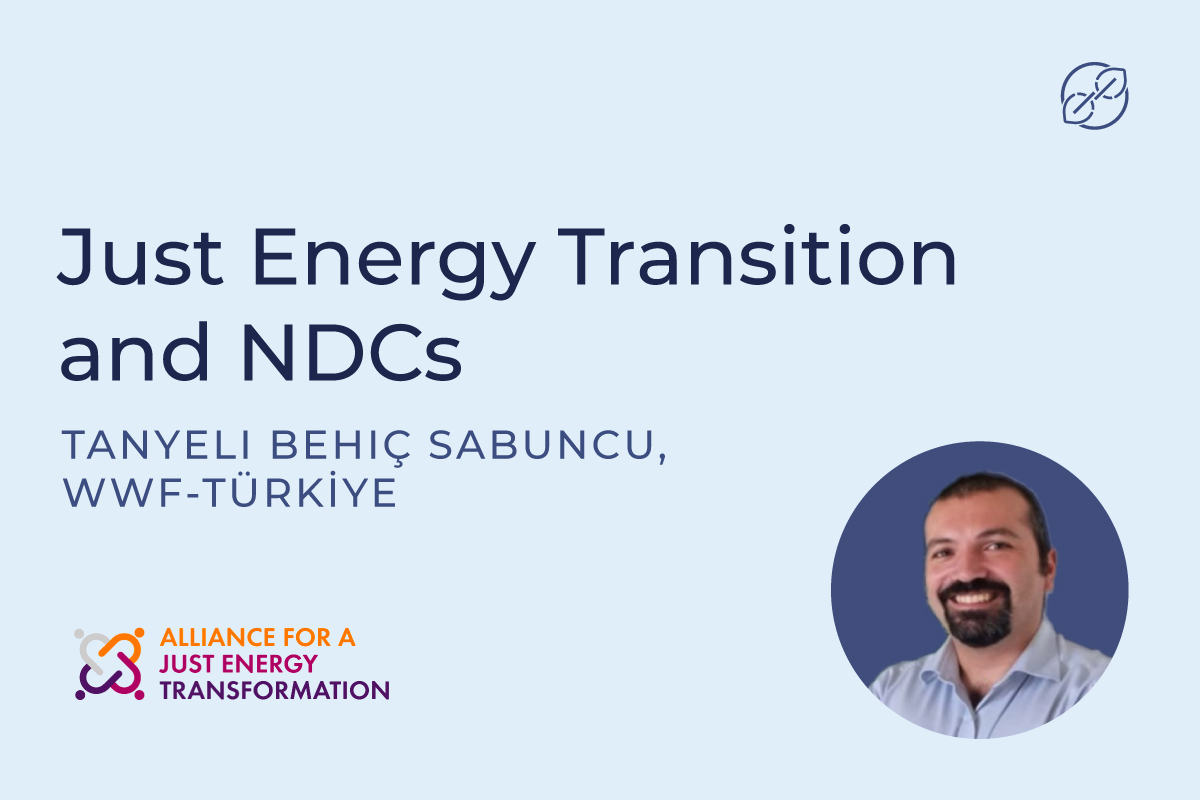What are the benefits and challenges of circular economy principles in national climate change strategies?
Developing countries are working to lift their population out of poverty and to increase the access to material well-being. Increased extraction and exports of wood, fossil fuels, metal ores or refined metals and minerals are expected, and are both important drivers and consequences of economic growth. Some calculations conclude that CO2 embodied in materials represents around 67% of the total CO2 generated by the global economy. The amount of materials extracted each year is expected to more than double by 2050, yet only 9.1% are currently reused. The amount of middle class consumers, with demand for more material consumption will increase by three billion by 2030. These citizens in the developing world are starting to consume more and reuse less – heading in an unsustainable direction that wealthier countries are now trying to reverse. Innovative ways to decouple progress and happiness from possession and consumption are needed.[1]
The challenge of economic growth as we know it today is that it creates a number of externalities that are affecting people and will continue to do so unless they are addressed. Some of these externalities include pollution, land degradation, waste generation and CO2 emissions. Climate change caused by CO2 emissions that will further exacerbate the impact of the other externalities. In the absence of new approaches to better manage natural resources and development, these negative externalities will only increase with population and economic growth.
Currently, collective climate action is not sufficient to address the climate change challenge. As part of the Paris Agreement in 2015, individual countries have put forward their commitments to reduce climate change and its impacts through the Nationally Determined Contributions (NDCs). But the sum of all current commitments address only a third the gap between business as usual and the 1.5°C pathway.[2] Furthermore, implementation of NDCs is lagging behind since they tend to be a second priority for developing countries, after economic growth. Hence, it is essential that additional innovative solutions are put in place to complement existing efforts.
Circular economy approaches can help curb climate change and other externalities while focusing on economic growth and competitiveness. Circular economy seeks to replace the current linear ‘take-make-dispose’ model by a cyclical, closed-loop approach focused in reducing, reusing, repairing, remanufacturing and recycling products and materials as much as possible. Circular economy goes way beyond waste management and focuses also on upstream phases such as production and consumption phases, with the goal to further reduce the intake of new raw materials. Mainstreaming the use of renewable energies and energy efficiency in the processes are also key elements of the circular economy.
Material resource efficiency must be addressed in conjunction with low carbon development strategies to keep global warming within the targets of the Paris Agreement. Climate policies and projects tend to focus on the supply side and production efficiency. Circular economy strategies add a demand-side aspect: how to optimize material selection and use in order to reduce GHG emissions. During the COP23, it was recognized that “resource efficiency and circular economy actions can be integrated into the NDCs to enable countries to cost-effectively raise their ambitions to achieve Paris goals”. Aware of the relevance of incorporating circular economy to climate action, the UNFCCC Secretariat released at the end of 2018 the paper “Mitigation benefits and co-benefits of policies, practices and actions for enhancing mitigation ambition: implementation of circular economies with a focus on waste-to-energy technologies and on industrial waste reuse and prevention solutions”.
The integration of circular economy principles in climate change strategies, in particular in the NDCs, could unveil synergies not considered before. Ministries, regional authorities and municipalities usually face the challenge of incorporating the high-level NDC policy targets into their sectoral policies, while circular economy approaches may be more tangible since they are designed to directly contribute to increasing local competitiveness of a specific sector. Emissions reductions through resource efficient uses could be accounted for under the NDC target achievement. Resource productivity (energy, water, materials) can also contribute to increased economic competitiveness and security. There is an opportunity to seek climate finance for circular economy programs that build businesses competitiveness and increase resource efficiency while reducing emissions and enhancing climate resilience. Circular economy strategies represent a more optimistic view of sustainable economic progress of a country. Countries with neglectable current contributions to global emissions but growing economies, are not sufficiently encouraged to make low carbon choices. In these cases, the NDCs might be seen, outside the climate change inner circle, as a threat for their economic growth. Implementing circular economy strategies can also frame NDCs in a more economically viable light, instead of focusing on what a country has to hold back.
Exploring this approach will not be exempt of challenges. Understanding the circular economy concept can be confusing since it includes strategies that are not new to the development debate. For example, waste management strategies are not new and must be analyzed considering the entire resource life cycle. Most labor in recycling activities in developing countries is informal, and the impacts of a too rapid displacement of informal sectors without addressing short-term impacts must be carefully analyzed. Other trade-offs must be considered. For example, the impact on new jobs by creating a secondhand industry versus protecting a local industry for new products.[3] Finally, the accounting methodologies of emission reductions linked to resources (such as Life Cycle Analysis) can be complicated and may not have a level of accuracy acceptable for UN reporting.
[1] Hoogzaad, Jelmer; Bardout, Matthieu. 2017. Presentation: “Circular Economy, Pathway for Pursuing 1.5°C”
[2] Emissions Gap Report 2017. UN Environment.
[3] Preston, Felix; Lehne, Johanna. A Wider Circle? The Circular Economy in Developing Countries. Briefing 2017. Chatam House.




